 |
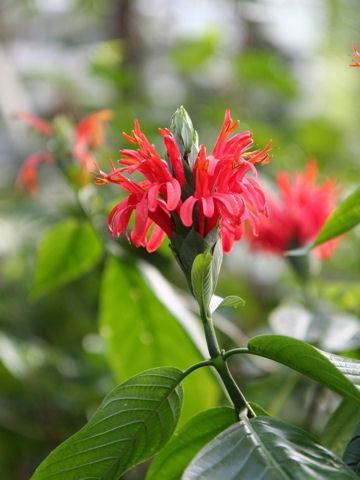

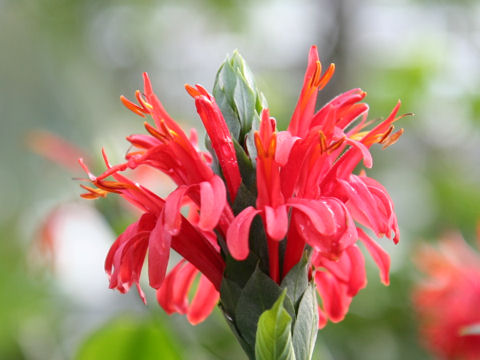

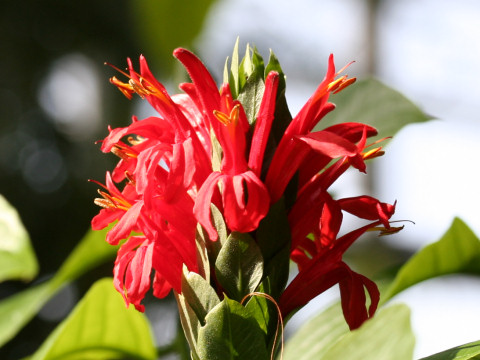



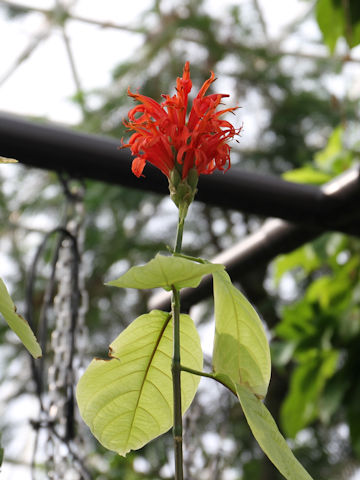

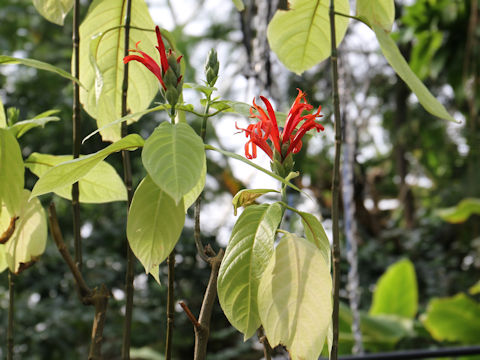

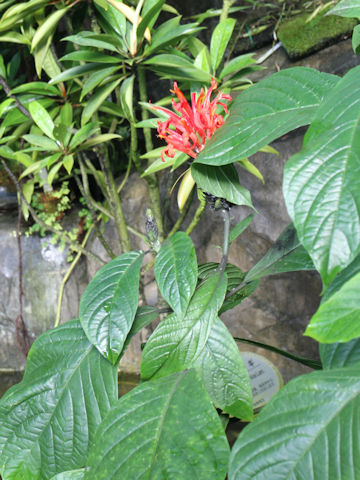

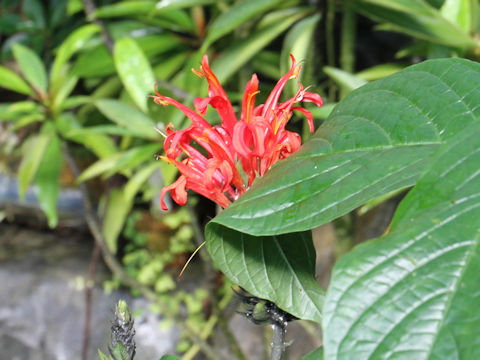



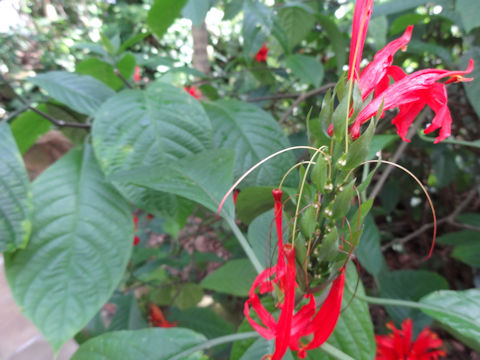

|

|
ìAJk¨æѼChɪzµÄ¢Ü·B³ÍPDT`Q[gÙÇÉÈèAtÍå«ÄZ¢ÎFÅ·BÄ©çHÉ©¯ÄAÔsðLεÄAäÌ ¢¾©ç^ÁÔÈÔð穹ܷBa¼ÅÍu×ɳñ²ÎÈigXèÔjvÆÄÎêÜ·B
|

|
Lclm}SÈpLX^LX®ÌíÎáØÅAw¼Í Pachystachys coccineaBp¼Í Cardinal's guardB
|

|
The Cardinal's guard (Pachystachys coccinea) belongs to Acanthaceae (the Acanthus family). It is a small evergreen herb that is distributed to northern South America and the West Indies. This tree grows up to a height of 1.5-2 m. The leaves are large and dark green. The flower stalks are stretched and the bright red flowers bloom between the bracts. In Japanese name it is called "Beni-sangobana (red coral flower)".
|

|
[ãEP] åã{Íà·ìsuÔ̶»vÉÄA2006N1121úBeB
[QER] åãsß©æuçâ±ÌÔÙvÉÄA2005N1108úBeB
[SET] VsæHtuV§§A¨vÉÄA2018N0121úBeB
[UEV] sVhæuVhävÉÄA2019N1224úBeB
[WEº] AJEeLTXButH[g[XA¨vÉÄA2013N0306úBeB(photo by Jon Suehiro)
|











